How to Grow Tropical Fruits in Hardiness Zones 8 & 9:
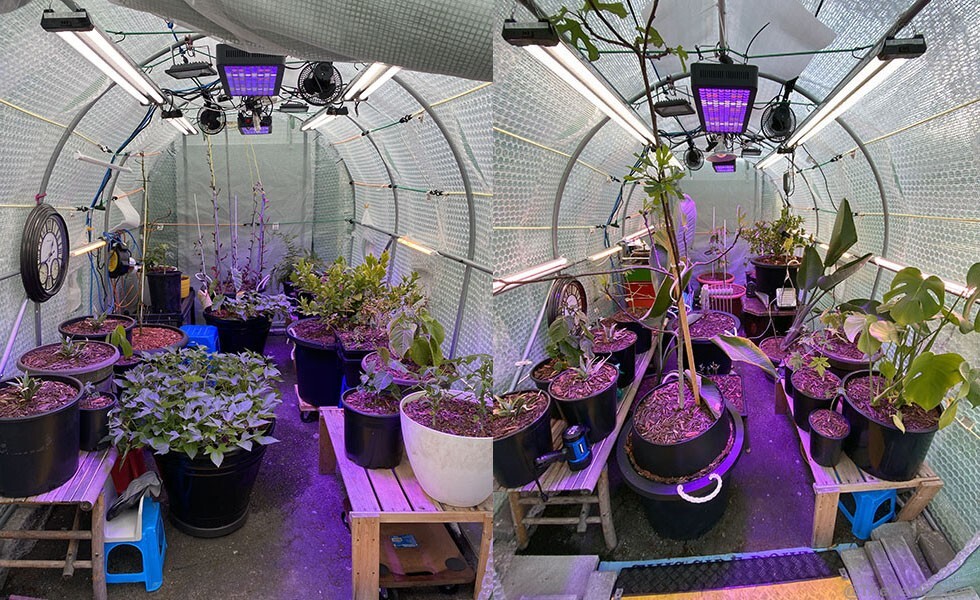
After watch tons of YouTube videos of how people living in temperate zones were able to grow tropical fruits either indoors or outdoor greenhouses, I decided to conduct a proof-of-concept gardening experiment to validate its possibility. My criteria were that anyone with an average home/plot of land in a moderate temperate zone can do this without breaking the bank or turning their homes into a grow operation. Also, I must prove that this can be done under the most extreme lows of zone 8 and for extended winters. Luckily for me winter 2022/23 had the perfect conditions.
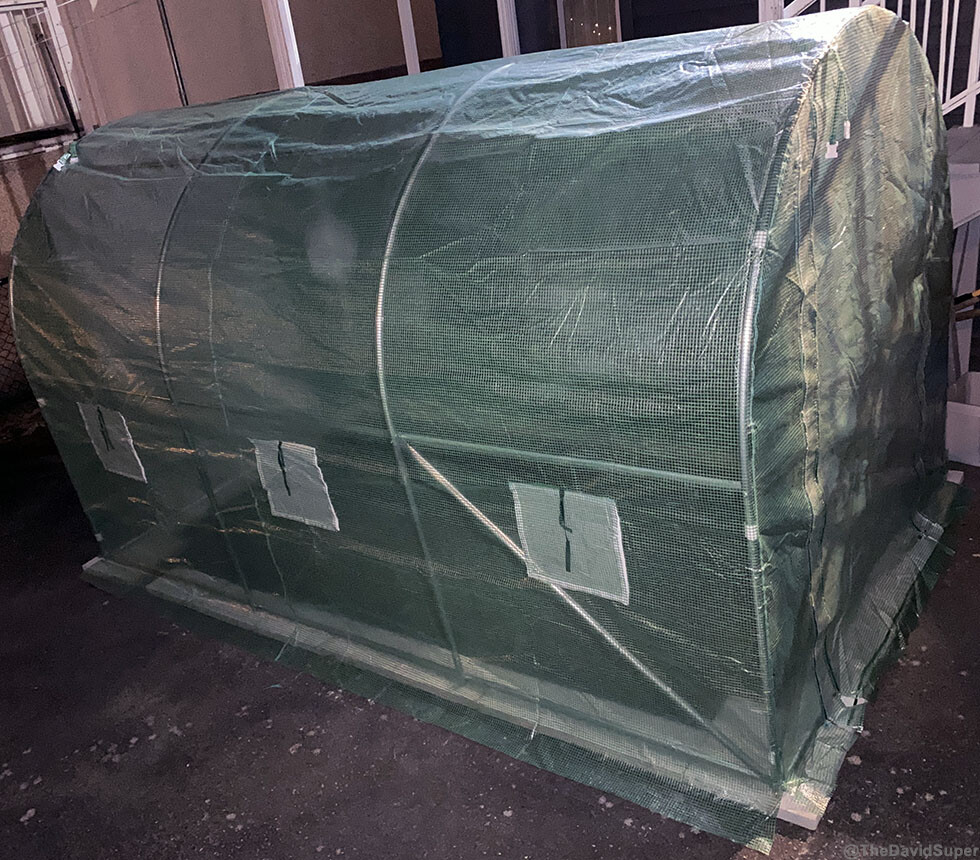
My suggested tropical gardening configuration should/must work for the average family. To do so, the only option is to build a suitable greenhouse for the winter (I built 2, one with good lighting & heat while the other uses the bare minimum). I built 2 in order to test out differences of greenhouses with environmental protection and those with direct exposure. My plastic greenhouse rests within a shady protected area in my lot where wind does not affect it. Living in Vancouver (zone 8b) our winds can get quite strong. The other (much sturdier) polycarbonate greenhouse was built out in the open in order to get maximum sunlight.
The plastic greenhouse is a $200CAD/$150USD Ohuhu 12’x7’x7’ from Amazon. I added large bubble wrap sheeting to its inner walls as insulation. For lighting I incorporated everything from shop lights, LED grow lights to full-on 200watt aka 2,000watt output grow lights. Cheap fans were added to air circulation as well as (optional) LED UV lights for nighttime (anti-mould/fungus buildup). For heating I put in a plugin thermostat (from Amazon) activated oil heater setup.
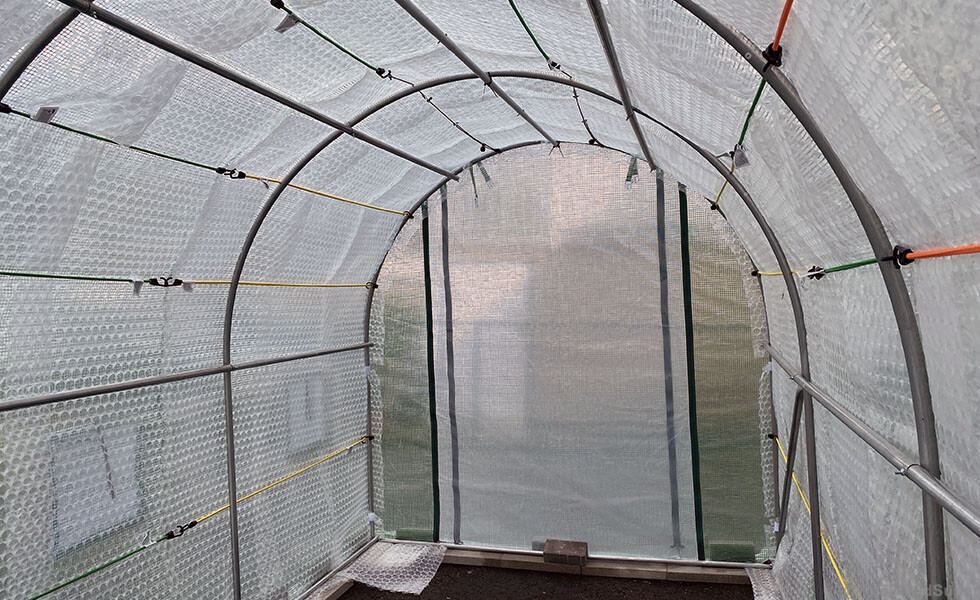
The polycarbonate greenhouse is a $500CAD/$375USD (Canadian version of) Harbor Freight 8’x6’x6’ with extensive structural addons. The extras included pressure treated lumber, wood braces to strengthen the inside of the greenhouse as well as the complete replacing of the roof with thick plexiglass. The setup was mostly affordable and easy to install. The plexiglass however, required a special blade for my circular saw to cut. I would highly recommend someone with an average budget to just keep the original poly roof and just pop on a clear plastic tarp for harsh snowy winters. As for winter heating, I just use incandescent Christmas string lights and a bucket of water warmed by a small aquarium heater + heat mat. I added bubble wrap to the sides of this greenhouse as well but it must be removed after winter because it could get insanely hot during late spring to early fall.
This is the part where I disclose that I (and most of my coworkers) often dumpster dive at work for building materials. Pretty much digging for gold as film productions throw away THE BEST stuff… like 4’ sheets of ¼” plexiglass!!! So realistically the plastic greenhouse setup would cost roughly $1,000CAD/$750USD & the polycarbonate setup would be around $650CAD/$500 ($2,000CAD/$1,500USD for plexiglass version). The total costs for the two well equipped greenhouses are relatively low but the operating cost of the heated greenhouse with lighting can and run steep depending on what kind of tropical fruits/plants you plan to grow.
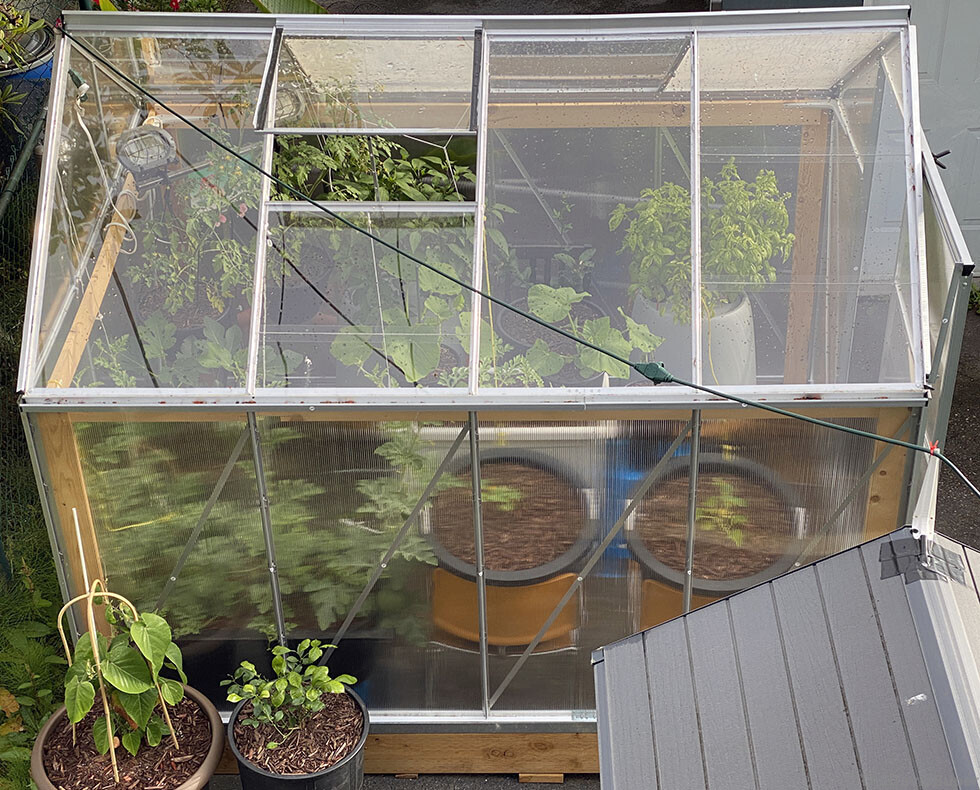
The winter of 2022/23 was one of the nastiest and longest for us in Vancouver. Fortunately, I was away for 5 weeks in the tropics. Unfortunately, my tropical plants had to endure outside temperatures as low as -13.5°C/7.5°F. I automated the lighting/heat settings to the minimum 8hrs/day for lights and 10°C/50F for nighttime & 16°C/61°F for daytime temperature (12/12hr). Plants can easily survive without watering during winter BUT if you establish a continued growing environment like I did, you need to at least water them once a month. The polycarbonate greenhouse wasn’t built until this year (spring 2023) but it wouldn’t have factored into the equation because it does not provide the necessary heat for growing topicals.
Inside the newly dubbed hothouse, I had tropical plants such as papaya, granadilla, mangos, starfruit, Malabar spinach, taro, pineapples, Hawaiian purple potatoes as well as subtropical citrus & avocados, etc… I even brought in my young Violette de Bordeaux fig tree which ended up setting fruit over the winter. All my plants inside this hothouse survived the 3 long months of harsh cold weather (5 weeks of which was without me being there). That was the GOOD news… the BAD news was my electricity bill; a good estimation was an additional $100CAD/$75USD month cost! So yes, the theory of growing tropical fruits in zones 8-9 easily is now proven… but easy doesn’t mean cheap.
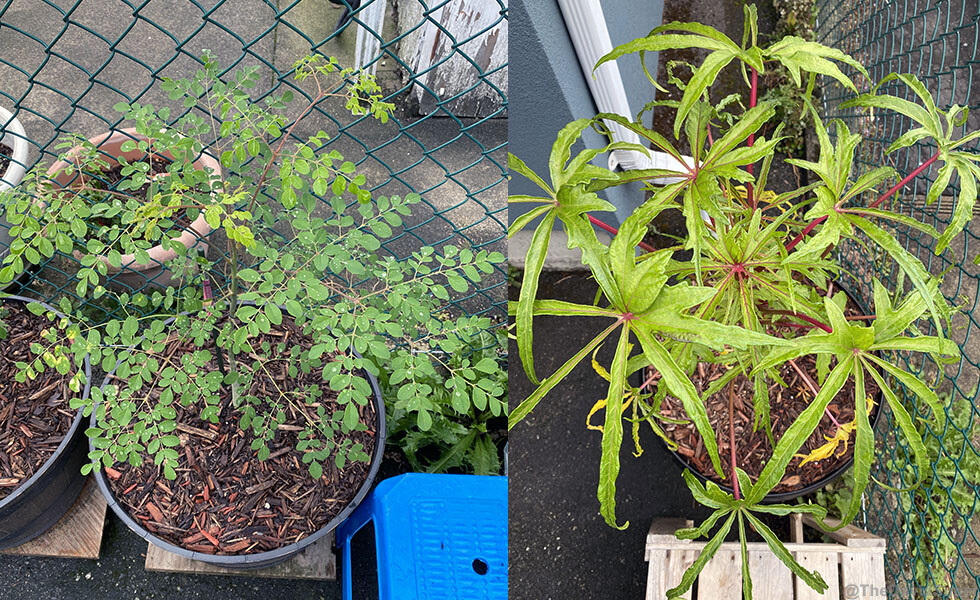
I can only recommend growing tropical fruits in temperate regions for hobbyists with disposable income. Though most winters here are nowhere close to the one we just had in 2022/23… you can still expect to dish out an additional $75CAD/$55USD for each cold month. For that kind of money, you can simply purchase better tasting tropical fruits from your local grocer. You can always bring a few tropical plants indoors if you have the room. Not all is lost however, I also wrote an article about which tropical fruits can be grown in zone 8-9 without breaking the bank and avoiding growing ones that I proved will not survive without expensive heating/lighting.
Final Update – February 2025:
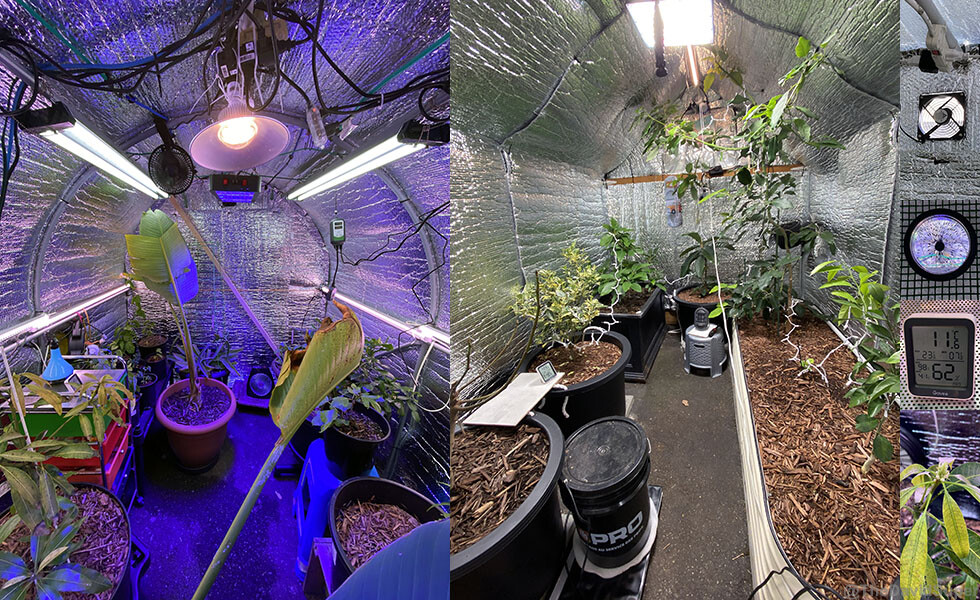
It’s been 2yrs since this original article was written and I decided to make some upgrades to my hothouse and greenhouse setup. The biggest change was the use of reflective insulation instead of bubble wrap… this not only increases the R-value (reduce heat flow/loss) but it also reflects the light from the grow lights back, giving more light for the plants. Secondly, I noticed that though my greenhouse had tiny gaps at its door to allow air flow from outside, the hothouse was basically all sealed up during winter. Thus, the lack of carbon dioxide for the plants during the day will stunt growth and cause other health problems for the plants. So, I installed a hefty computer fan to draw air in and I cut out an exhaust port on the opposite side of the tent. Lastly, I changed the heater to a more efficient Vornado in my hothouse and added a mini-heater to the greenhouse… that and I also added Bluetooth temperature & humidity data recorders. Oh yeah, I did lay a few tarps on top of both setups.
The results are in! We’ve experienced a normal winter low of -8°C/17.5°F in Vancouver BC this winter and the setups passed the freezing cold with flying colours (though they’ve not been tested through the crazy -13.5°C/7.5°F low of 2yrs ago). The average temperatures of the greenhouse & hothouse were 4.5°C/40°F & 11°C/52°F respectively. As you can see from the photos, both the subtropical plants in the greenhouse & tropical plants in the hothouse are doing quite well… some are even beginning to blossom. Energy efficiency was improved as well, I estimate a $30CAD/$20USD per month savings on my electricity bill. Overall, I’m quite satisfied with my latest setup and the total cost of the upgrades was under $200USD.




